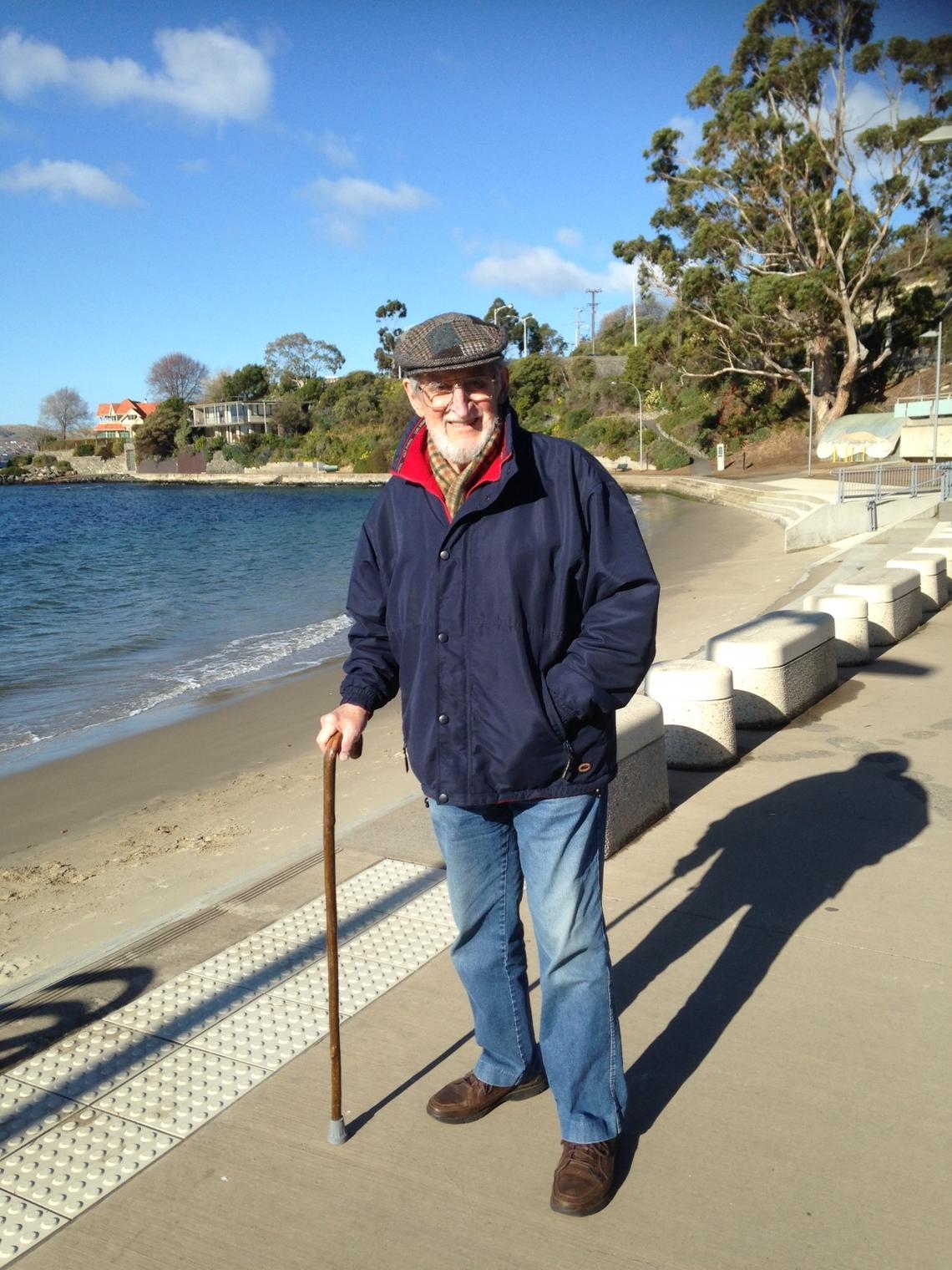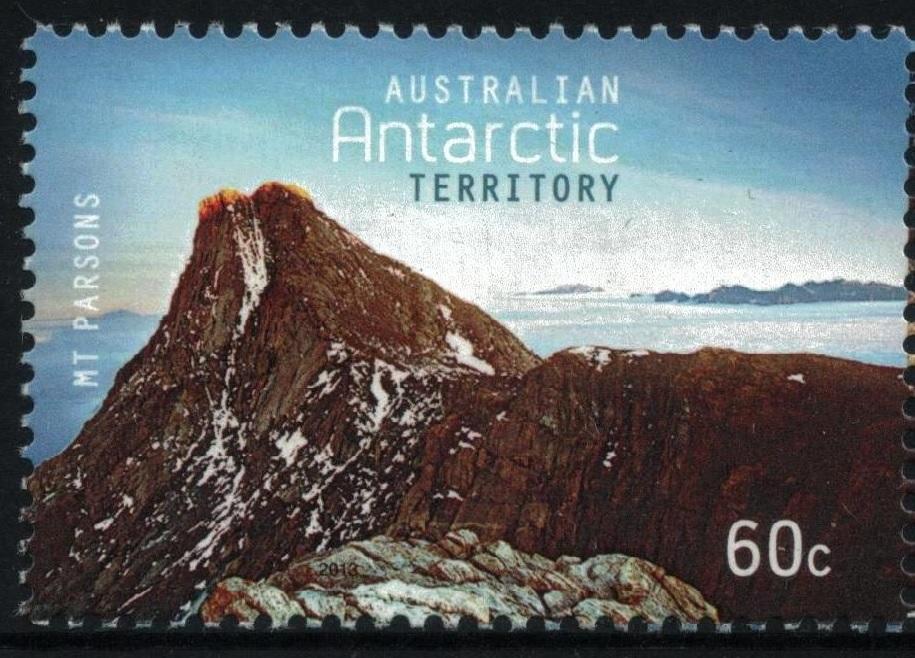May 12, 2016
Founding dean of science's career spans faculties, hemispheres and altitudes

Neville (Nod) Parsons, a cosmic ray and auroral physicist, joined the University of Calgary in 1964.
University Archives UARC 84.005_04.06
2016 marks 50 years of the University of Calgary being part of this vibrant, energetic city and we have a great deal to celebrate. Led by the Eyes High vision, we’ve become the top-ranked young university in Canada and North America. The 50th Anniversary presents a unique opportunity to recognize and honour the contributions and achievements of the many students, faculty and staff who have helped create this remarkable university including Neville Parsons, the first dean of science.
An adventurer in every sense of the word, Neville (Nod) Parsons has journeyed from the Antarctic wilderness to the Rocky Mountains to the rugged Tasmanian coast.
The retired physicist and Antarctic researcher, who specialized in upper atmosphere and cosmic ray research, was the founding dean of the Faculty of Science at the University of Calgary.
Born in Tasmania in 1926, Parsons attended Scotch College, Launceston and the universities of Tasmania and Melbourne. From 1949, his Antarctic adventure began, spanning 14 years at the Australian National Antarctic Research Expeditions. He spent 1950 at Macquarie Island and 1955 at Mawson Station in Antarctica.
Part of first group to explore Antarctica's Masson, David and Casey mountain ranges by land
During his time at Mawson Station, Parsons was a member of a five-man party which, in early January 1956, was the first to explore the Masson, David and Casey mountain ranges by land. In recognition of his research work in Antarctica, Parsons was awarded the Imperial Polar medal that year. As a cosmic ray and auroral physicist, Parsons established cosmic ray observatories at Macquarie Island and Mawson Station before joining the University of Calgary — then the University of Alberta, Calgary — in July 1964.
“I accepted the offer of appointment to the physics department while I was on Macquarie Island leading a group flying 100,000-cubic-foot balloons recording variations in x-ray intensities associated with auroral displays,” says Parsons. “I knew that my interests in upper atmosphere and cosmic ray research corresponded with those of some members of the physics department.”
Ever the adventurer, he says, “Calgary’s location near the Rockies and ski fields was also attractive.”

Today, Parsons and his wife Jennifer live in Hobart, Tasmania.
Remembering community atmosphere during university's rapid growth
When the University of Calgary came into being in 1966, the diverse Faculty of Arts and Sciences comprised over half the staff and students at the university. Parsons, who had been hired as a professor of physics, eventually became the acting department head, vice-dean (student affairs), then dean of the Faculty of Arts and Sciences, which eventually was divided into the University College and the faculties of Science, Social Science, and Humanities in 1976. Parsons’ next role was founding dean of the new Faculty of Science.
Despite the university’s rapid growth, Parsons was genuinely impressed by how it was “still small enough to convey a sense of community and allow opportunities for interactions with those in other disciplines.
"I enjoyed the community atmosphere, the interactions with those in the many different disciplines and students, the facilitating role as dean and the cooperation of an excellent group of departmental heads.”
Former associate dean Tom Swaddle says, “in a gentle and unassuming way, [Parsons] guided the faculty expertly in its formative years.”
'Make sure you have a solid grounding in mathematics'
In 1978, Parsons returned to Brisbane and, in 1989, retired from the position of director of the College of Advanced Education. He resettled in his native Tasmania where he lives with his wife, Jennifer. Now, Mount Parsons, a prominent peak in the David Range, bears his name. Its image is now part of the Australia Post series of stamps featuring Antarctic mountains.
Parsons’ advice for future students of physics or astronomy mirrors how he has lived his entire career.
“Make sure you have a solid grounding in mathematics,” he says. “And a yearning to explore the way the physical world works.”

This stamp, featuring Mount Parsons, a prominent peak in the David Range, is named after Parsons.
mountainstamp.com
